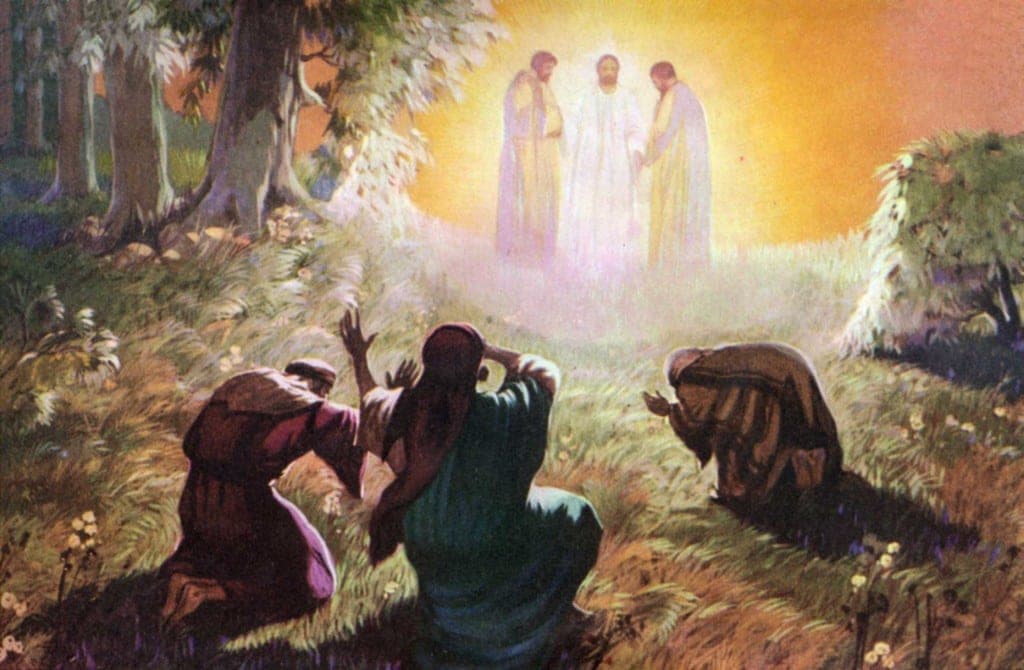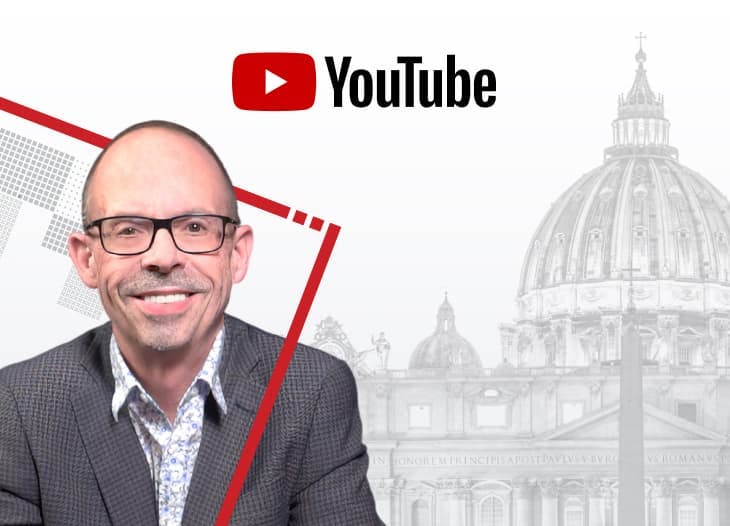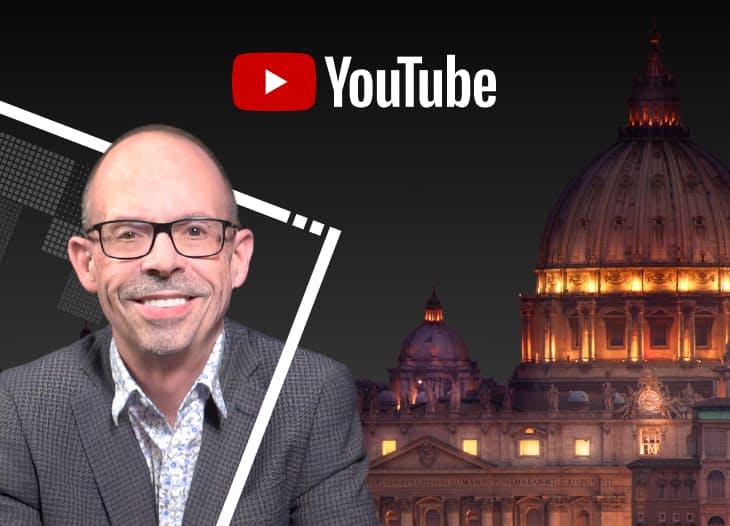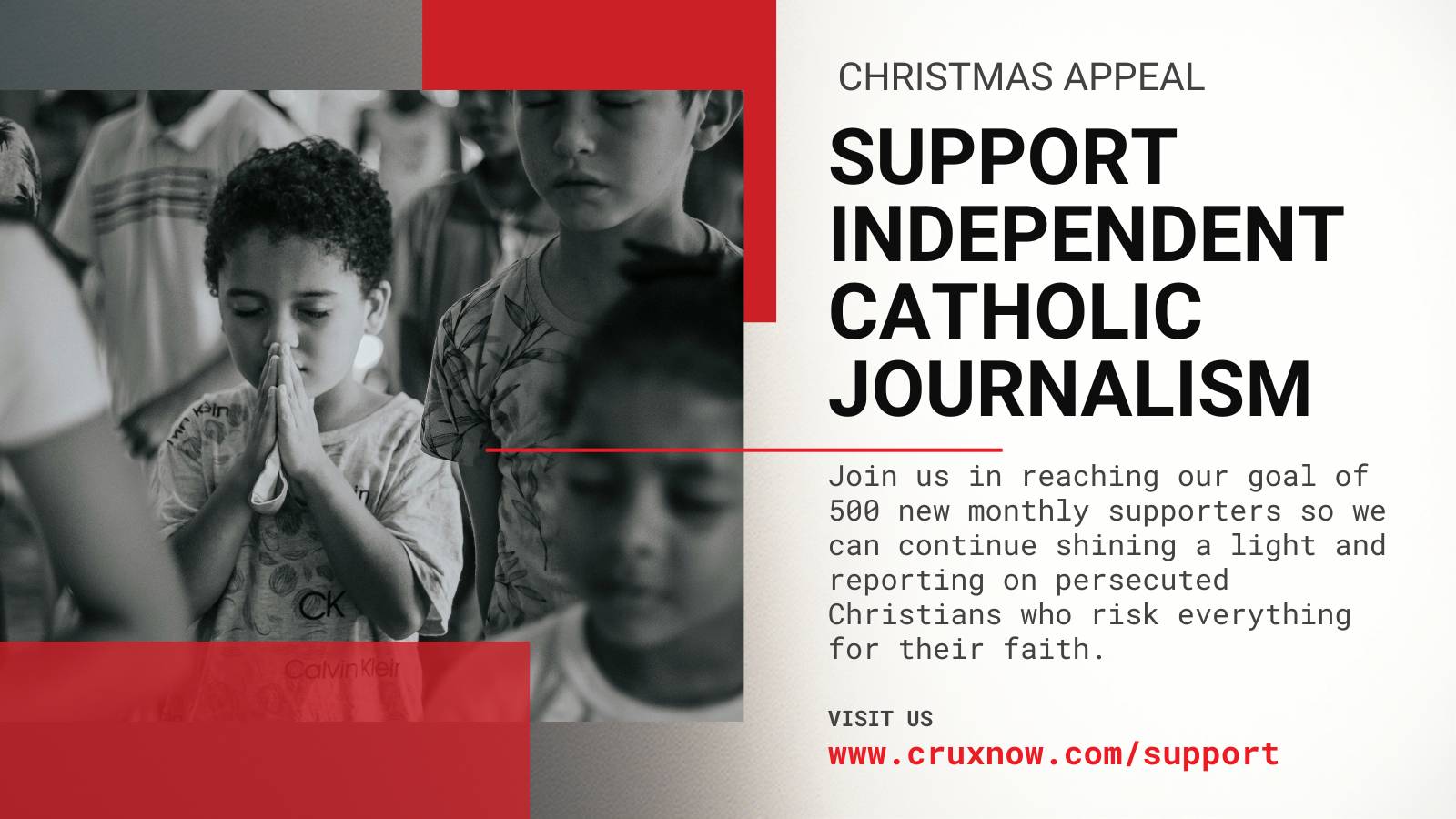Today is the feast of the Transfiguration. It’s a holy day celebrating one of those really important events in the life of Jesus Christ that is surprisingly unknown, or unappreciated, by the vast majority of Christian believers in the West.
For many, the name of the feast day means very little. Perhaps once an explanation begins, they might remember aspects of it. For a few others, however, the summary of the event might be something like: 1) Jesus took a few of his apostles up a mountain, 2) he became very radiant, 3) then a couple of other people showed up with him, and 4) the apostles were really impressed.
Now, hopefully my observation is misplaced, and more believers actually understand the Transfiguration than I suspect. But leaving this act of hope aside, let’s run with that skeletal review above.
For starters, it’s actually not a bad review of the sequence of events. The troubling part, however, is that it sounds more like a report from a spectator than the sacred memory of a disciple.
In remembering the Transfiguration, the believer is summoned to understand its spiritual depths and its significance to their interior life. Every event in the life of the Lord Jesus is a treasury of heavenly wisdom and its remembrance can become a font of grace to those who observe it. In particular, the Transfiguration stands out. But why?
What wisdom or application does the Transfiguration offer to believers? How can this feast day help Christian disciples in our world today?
Well, let’s go back to the spectator’s report.
- The Lord Jesus took some of his apostles up a mountain. Okay. More specifically, the Lord took three with him: Peter, James and John. These were the key three among the apostles. After the Lord’s Resurrection, each of them would be given a mission above that of the other apostles. Peter would become the Bishop of Rome, James would serve the Jerusalem community as its first bishop, and John would be the only non-martyr of the apostles and so guide the second generation of Christians and write the definitive summary of the life of the Lord Jesus. And so, one spiritual lesson accentuated by this part of the sequence is the reality: To whom much is given, much is expected.
- The Lord became very radiant. This splendor is the heart of the sequence. This is why the Lord Jesus brought the key three with him up the mountain. The Lord manifested to them a glimpse of his divine nature and God the Father declared his pleasure and affirmation of his divine Son. Jesus wanted his apostles – who were his friends – to see a portion of his glory and to know what would await them in eternity. He was showing them the crown that would follow whatever cross they carried. This unveiling was an act of love. It gave to the three apostles what was denied to Moses in this life, and what the prophets pined for in their preaching and prophecies. Our spiritual lesson is the sobering truth: In Jesus Christ, we see what others have longed to see but did not see, and we hear what many desired to hear but could not hear. And to us, who have spiritual eyes and ears, we ought to see and hear what we have been given, and labor to live it well.
- Then a couple of other people showed up. Yes, this would be a severe understatement. In the Lord’s Transfiguration, both Moses and Elijah appeared with him, and they spoke about his coming Passion. Moses is the Law-Giver and Elijah is the Great Prophet. Both were ministered to in their lives by angels and now both appear with the Lord Jesus, showing him to be the fulfillment of the Law and Prophets, and stressing the significance of his Passion, which will become the everlasting Passover of redemption. Our wisdom here: The best wine has been saved for last. The old is consummated in the new. Here in Jesus, we find something greater than King Solomon and the Prophet Jonah. Jesus Christ is the fulfillment of all revelation. God makes all things new.
- And, lastly in our observer’s summary: The apostles were really impressed. This statement is accurate, but incomplete. The apostles were beside themselves. They couldn’t grasp what they were witnessing. They fell prostrate, and never wanted to leave such a magnificent presence. They were radically changed, and that glimpse of glory gave them a hope that led them to accept great persecution and torment, rejection and mockery throughout their life. They saw and knew what awaited them in eternity, and that singular truth made every suffering worth it.
Decades later, in a letter ascribed to Saint Peter, the community of the apostle recounting his enduring impression of the Transfiguration, recorded on his behalf: “For we did not follow cleverly devised stories when we told you about the coming of our Lord Jesus Christ in power, but we were eyewitnesses of his majesty… We ourselves heard this voice that came from heaven when we were with him on the sacred mountain.”
The pressing lesson, given throughout the event and its narrative, is the desire of God to share his love and glory with humanity. As the letter of Saint Peter would continue, the voice of the apostle admonishes believers with words of endearment: “We also have the prophetic message as something completely reliable, and you will do well to pay attention to it, as to a light shining in a dark place, until the day dawns and the morning star rises in your hearts.”
This is an invitation to our own kind of transfiguration. It’s a call to accept what is offered, to live what is modeled, and to share a glory that has been revealed.















